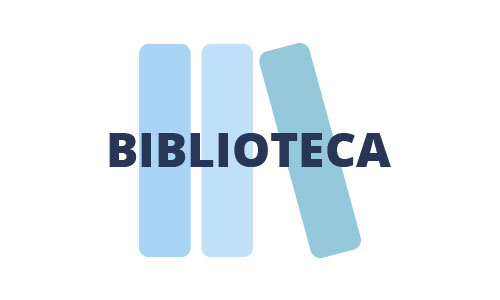Tesis doctorales 2013
ESPACIO Y MÍMESIS. PICASSO Y LA IMPUGNACIÓN DE LA COSTRUZIONE LEGITTIMA
Space and Mimesis. Picasso and the Contestation of Costruzione Legittima
Doctorando: José Ignacio Díaz Pardo
Directores: Eugenio Carmona Mato.
Defensa: 27 de febrero 2013.
Resumen: Como argumento esencial, esta tesis defiende la existencia de un núcleo que cohesiona la obra global de Picasso en torno a lo que fue el motor de sus investigaciones plásticas entre 1906 y 1927. Los límites cronológicos se fijan en función del diálogo que el artista establece entre pintura y escultura como metodología de trabajo en ocasiones críticas de su evolución, como Sabartés reconoce en Picasso: Retratos y recuerdos. El impulso y elemento catalizador que le anima en este tramo de su proceso creativo es la búsqueda de un estilo –según las acepciones de Simmel–, lo que le impone el adentrarse en los problemas imperantes en la pintura del momento, en cuyo trasfondo late una dialéctica de ruptura con la Historia, procesando ex-novo parámetros fundamentales del sistema de representación perspectivo del espacio derivada del «método abreviado» albertiano desde los planteamientos de la costruzione legittima de Brunelleschi.
Abstract: The essential line of plot in this thesis tries to show a cohesive nucleus in the Picasso’s global opus related to the motive of his plastic researches. The chronological limits are fixed according to the dialogue established by the artist between sculpture and painting as a work’s methodology in every critical occasion of his artistic evolution. So told Sabartés in Picasso: Retrato y recuerdos. The stimulous and cathalystic ingredient in this strecht or his creative processus is a personnal style research –in the Simmel’s meaning– that impose compulsorily to get inside contemporary painting troubles, processing ex-novo the fundamental parameters of the space’s perspective representation way arised from the Alberti’s method and the Brunelleschi’s costruzione legittima.
Palabras clave: Palabras clave
Key-words: Key-words
ARQUITECTURA Y URBANISMO DE MÁLAGA EN EL PRIMER TERCIO DEL SIGLO XX
Architecture and Urbanism of Málaga during the First Third of 20th Century
Doctorando: Mª Dolores Gamboa Fernández
Directores: Juan María Montijano García y Antonio Bravo Nieto.
Defensa: Marzo de 2013
Resumen: Se investiga un periodo considerado de pobreza constructiva en Málaga, no resuelto hasta la redacción del plan de Grandes Reformas (1924). Nos planteamos un estudio integrado y sintetizado en las dos vertientes, urbana y arquitectónica,para saber qué relevancia tuvieron los trabajos de ensanches y cómo fue la recepción de la modernidad. A partir del análisis de los planos históricos, expedientes de obras y fotografías antiguas, se han reconstruido las secuencias históricas edificatorias y los trazados viarios, concluyendo que se produjo una actividad considerable durante las dos primeras décadas. Durante la tercera década se realizaron grandes proyectos, si bien se continuaba con las actuaciones parciales de alineaciones. En las viviendas hemos destacado la organización espacial,las innovaciones higiénicas y la aparición de nuevos modelos, pero también se muestran otras tipologías derivadas de las tecnologías emergentes. En cuanto a los lenguajes arquitectónicos, fueron surgiendo de forma coherente al resto del país.
Abstract: We investigate a period considered to be lacking in regards to construction in Malaga, unresolved until the elaboration of the Great Reforms plan/plan de Grandes Reformas (1924). We consider a study integrated and synthesised inboth urban and architectonic aspects, to observe the relevance of the expansion works and how modernity was received. Using the analysis of the historical blueprints, operational plans and old photographs, the building’s historical sequences and the road layouts have been reconstructed, with the conclusion that there occurred a considerable amount of activity during the first two decades. During the third decade, great projects where realized, if yet there continued to be partial interventions in regards to alignments. In relation to housing we have highlighted spatial organisation, hygienic innovations and the surge of new models, but other types derived from emerging technologies are also shown. As for the architectonic languages, they surged in a similar way to the rest of the country.
Palabras clave: Palabras clave
Key-words: Key-words




